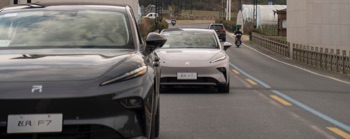After contacting the actual F7 for the second time since my first test drive, I am still very satisfied with the previous “Bach cockpit” experience. Feeyoo (飞凡) indeed has a good consideration in ergonomics, and the Bach seats are really comfortable. However, this also made me have some doubts about its driving control. Facing a mid-to-large-sized vehicle with a length of 5 meters, the main Bach cockpit experience may make me feel that the F7 is a car that leans heavily towards comfort, so I did not have high expectations for its driving experience. But after this test drive, it made me re-understand this car – the F7 from Feeyoo.
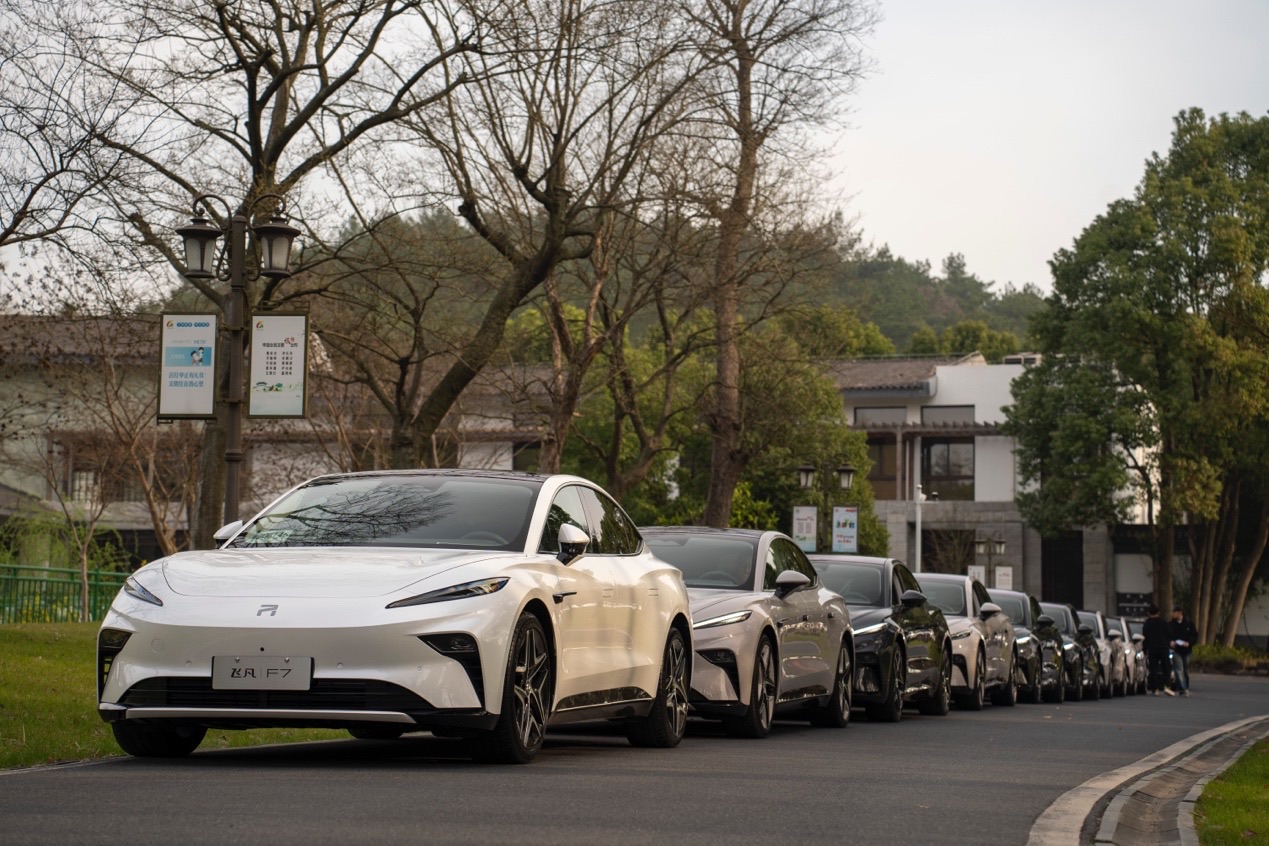
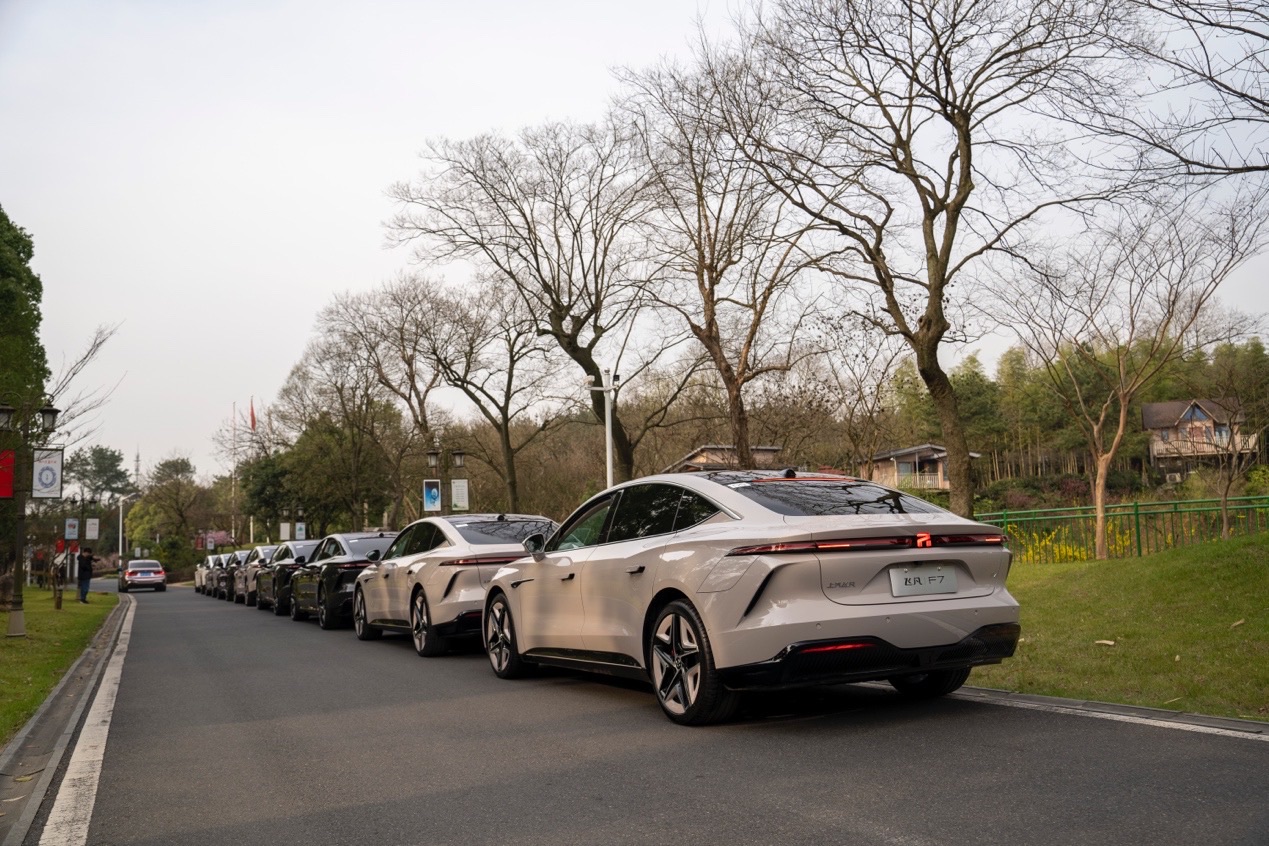
I will share the test drive contents in two stages: [morning – on-site test drive] and [afternoon – open test drive], which includes various test road sections with different pavements and driving methods, while the open test drive combines urban passage and provincial expressways, which should be very suitable for our daily driving scenes.
[morning – on-site test drive]
- Belgium Road (uneven brick-paved road, similar to the pavement in medieval Europe): When our car came to the Belgium Road, I was sitting in the back seat and subjectively felt that the bumpiness of the car was evenly distributed. It may be related to the low center of gravity. Bumps in all four directions can be easily resolved. I even doubted whether this road section was uniformly undulating. In fact, it is thanks to the F7’s hydraulic suspension. Compared with most cars that use rubber linings, the advantage of the hydraulic lining is that the damping feeling is very strong, and the compression force of the suspension can be better released or reserved.
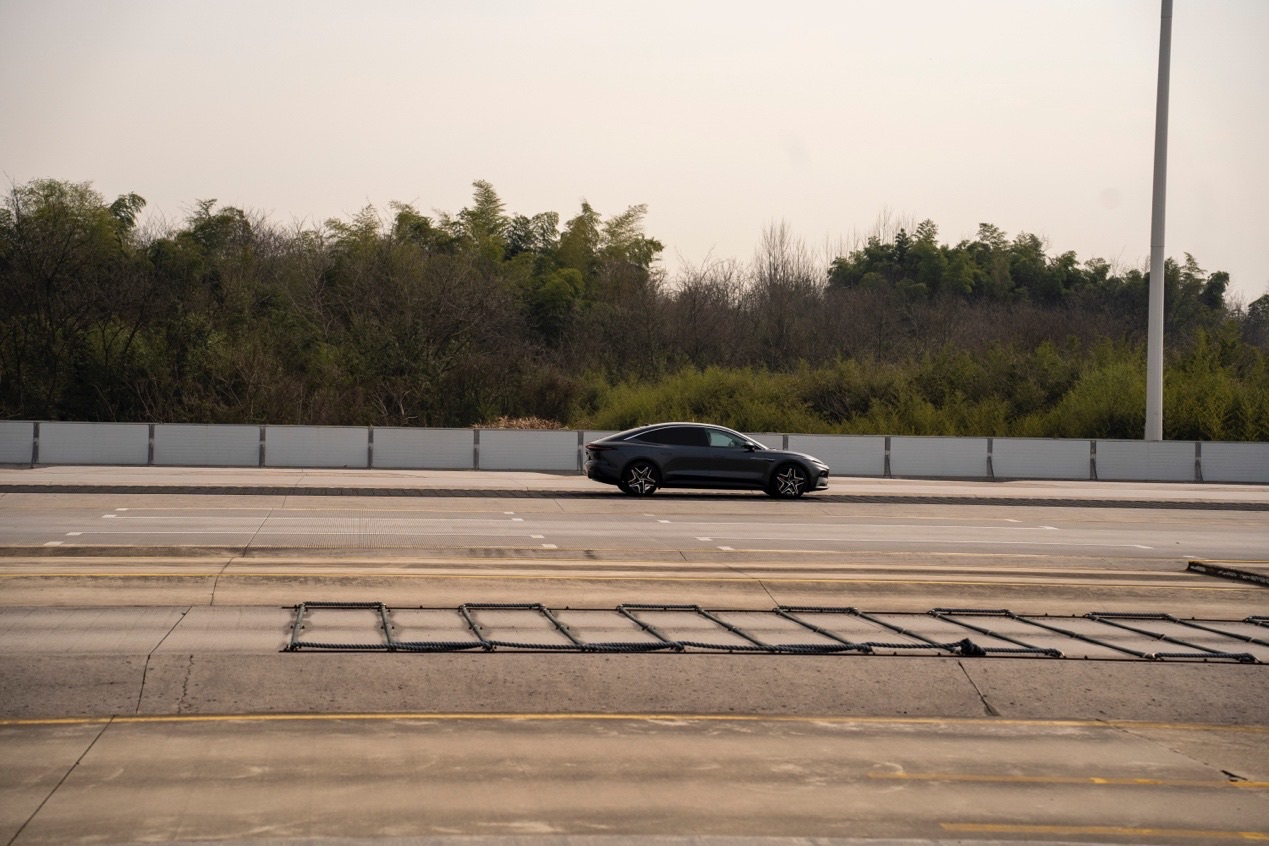
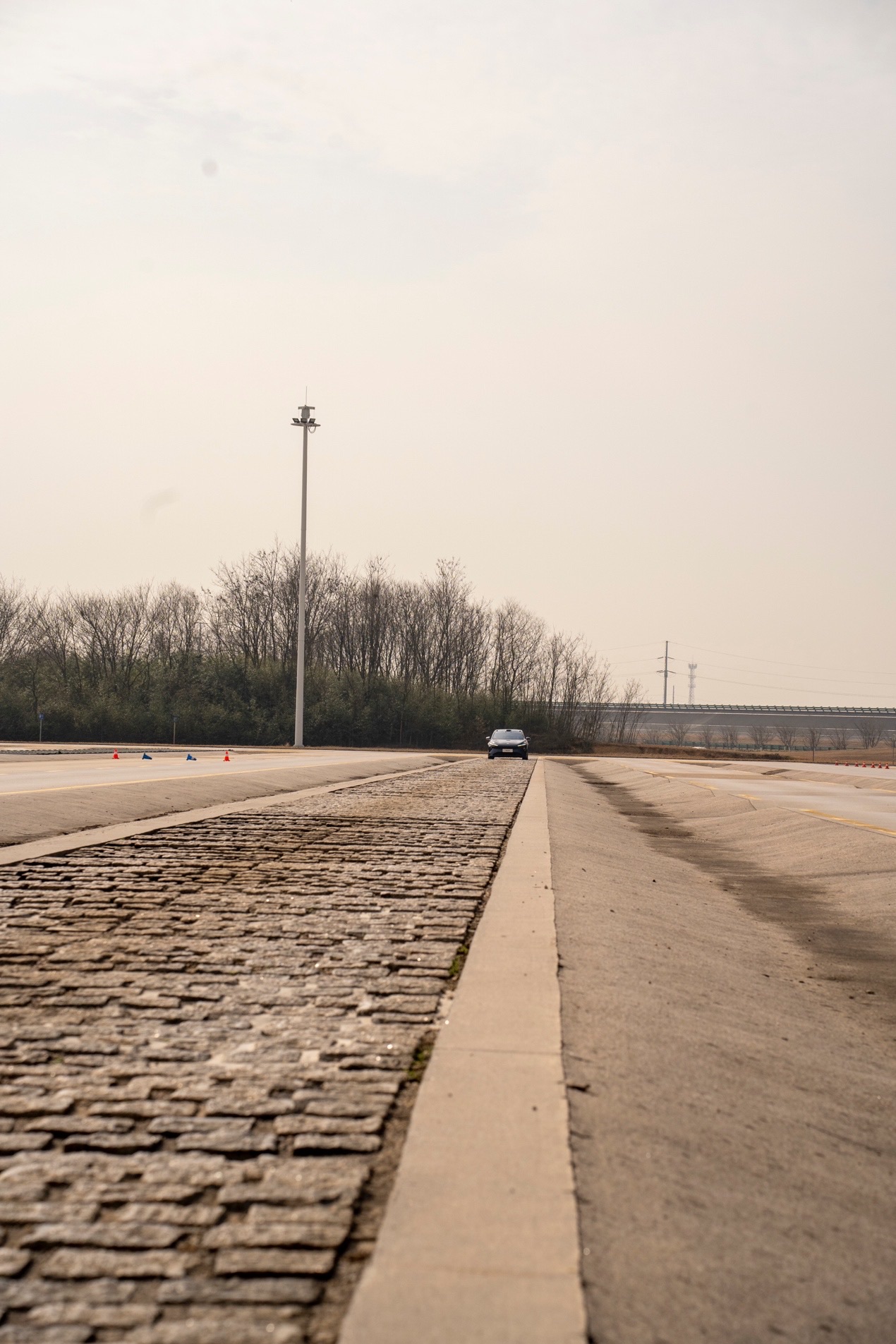 ——Washboard Road/Gravel Road: This part is the one I have a deep experience with. The biggest challenge for the Gravel Road is the problem of car noise and resonance. In the workshop before the test drive, it was mentioned that the F7 uses Michelin PS EV tires, which should be the top configuration for electric car tires. Therefore, the control of tire noise is achievable, and coupled with the configuration of double-layer laminated glass, the sound transmitted from the chassis to the inside of the car will become very dull, without the occurrence of high-frequency noise. In addition, I think F7 also performs well in terms of resonance. There is no resonance in the door panels and central console covers. However, in terms of holding the steering wheel, if there is a slight phase change when passing through the bumpy road, the steering wheel vibration can be felt to be enhanced to a certain extent. I am not sure if this is an official calibration or something, but overall, it can only be regarded as a nitpicking detail.
——Washboard Road/Gravel Road: This part is the one I have a deep experience with. The biggest challenge for the Gravel Road is the problem of car noise and resonance. In the workshop before the test drive, it was mentioned that the F7 uses Michelin PS EV tires, which should be the top configuration for electric car tires. Therefore, the control of tire noise is achievable, and coupled with the configuration of double-layer laminated glass, the sound transmitted from the chassis to the inside of the car will become very dull, without the occurrence of high-frequency noise. In addition, I think F7 also performs well in terms of resonance. There is no resonance in the door panels and central console covers. However, in terms of holding the steering wheel, if there is a slight phase change when passing through the bumpy road, the steering wheel vibration can be felt to be enhanced to a certain extent. I am not sure if this is an official calibration or something, but overall, it can only be regarded as a nitpicking detail.
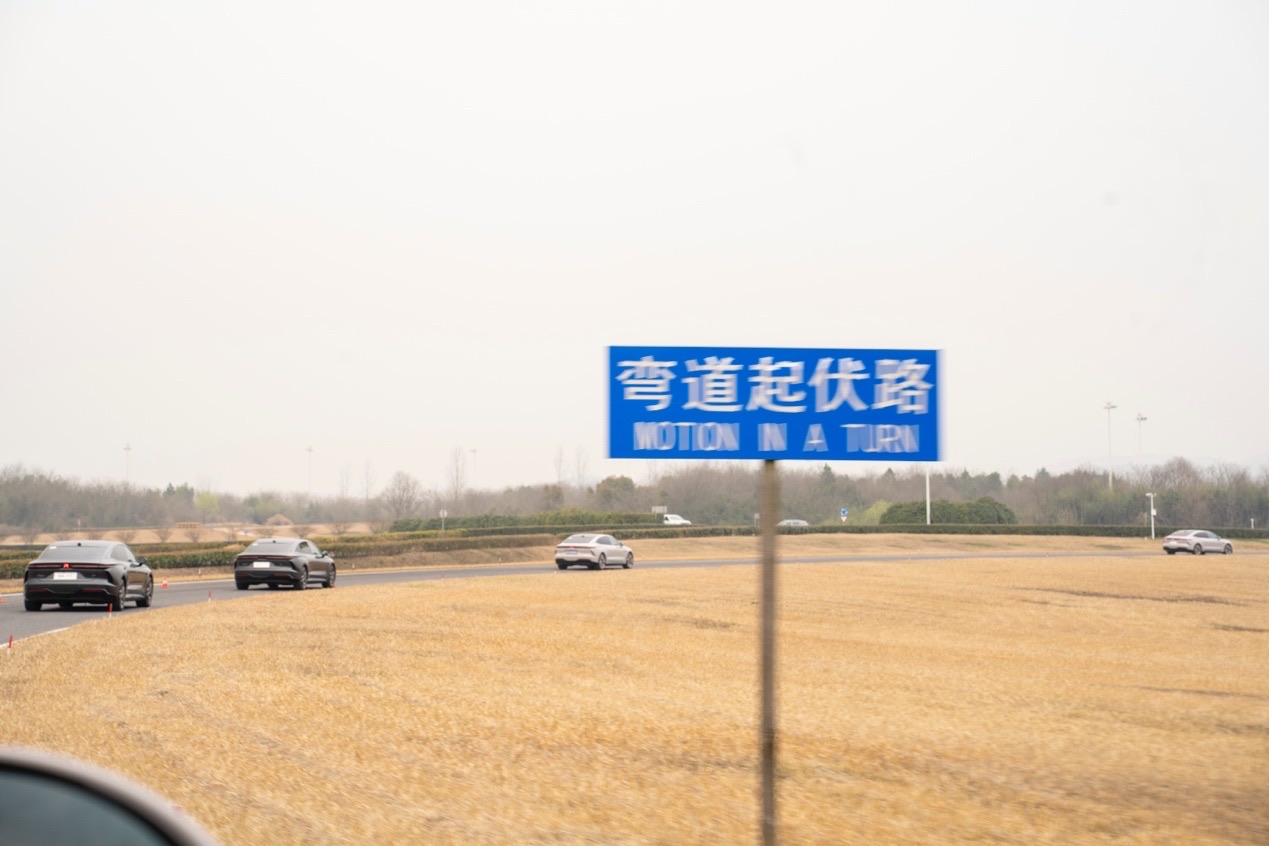
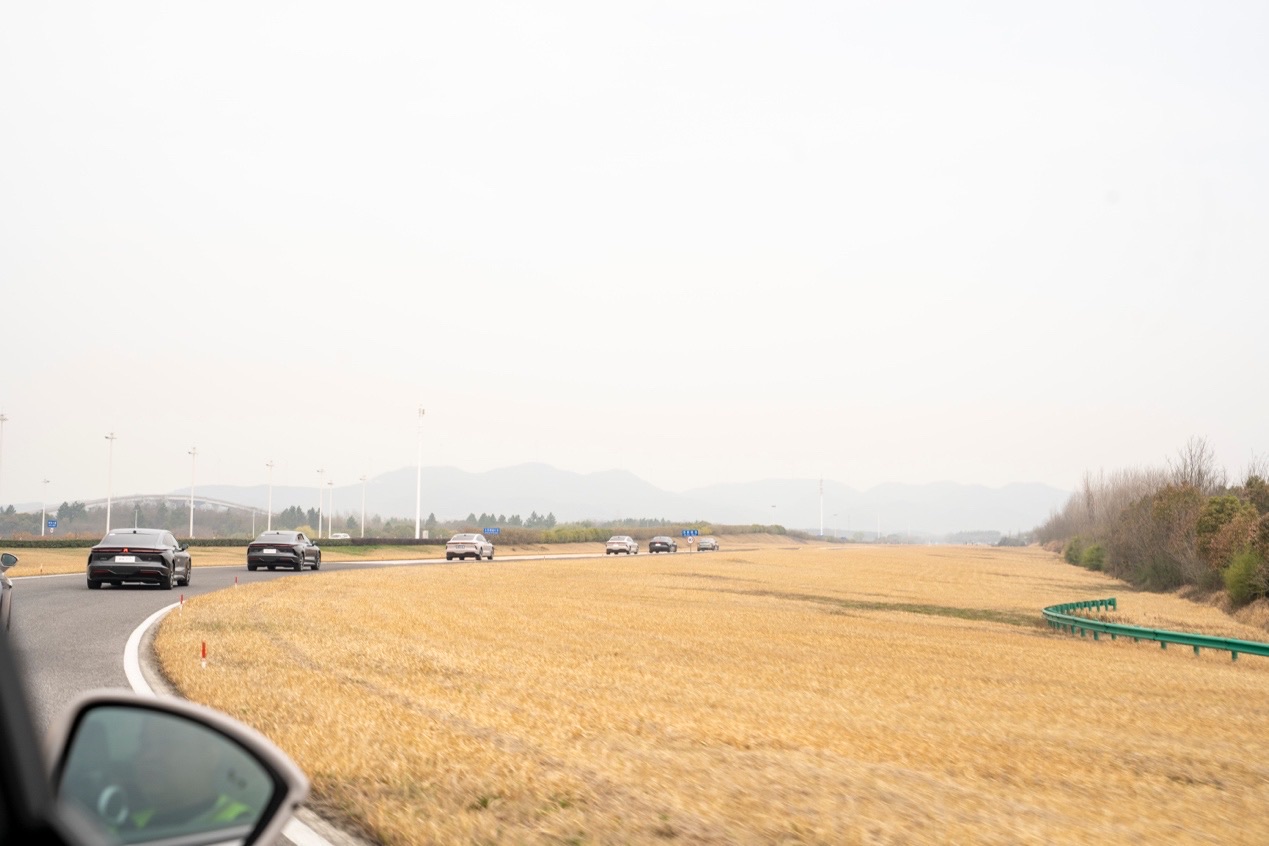
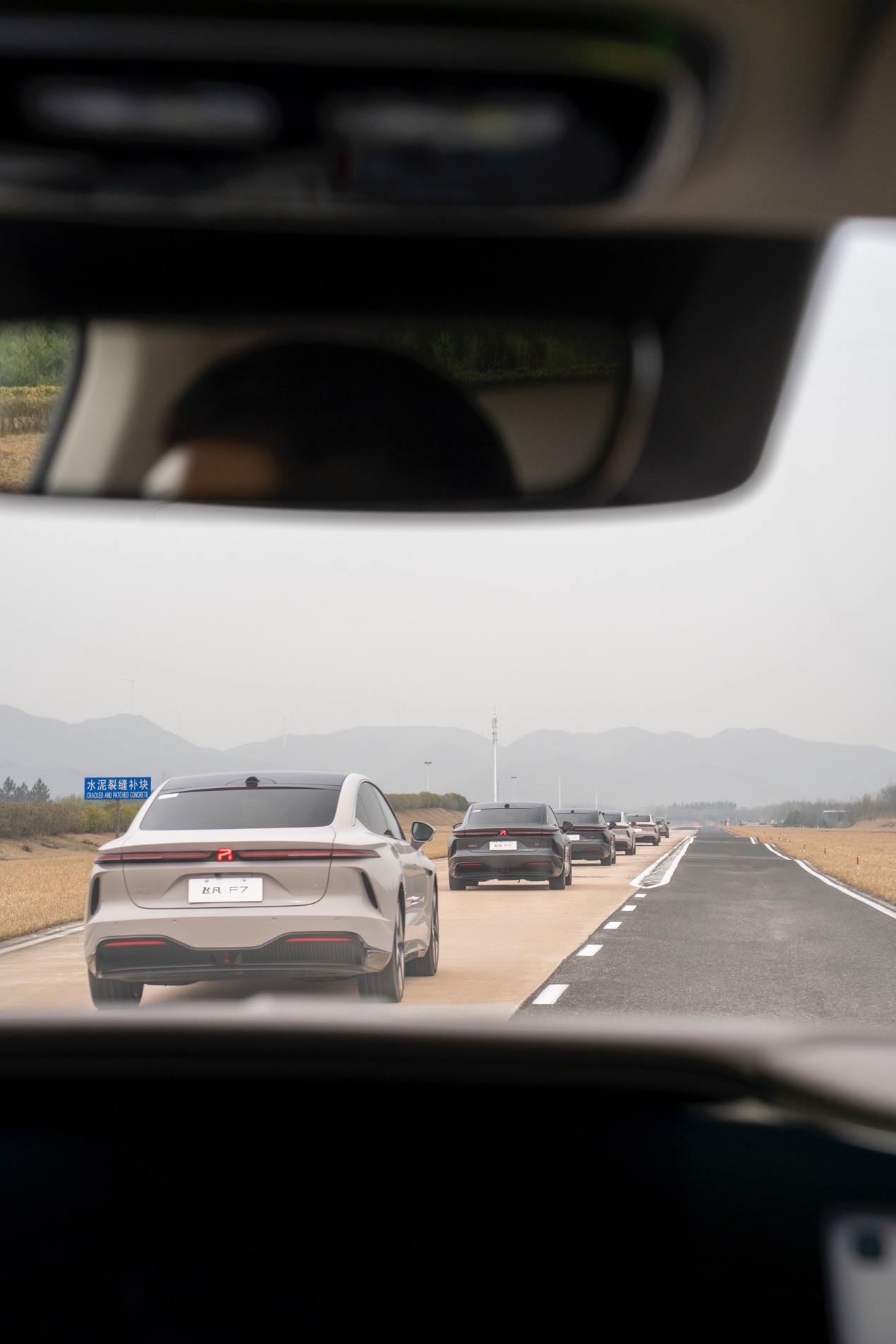
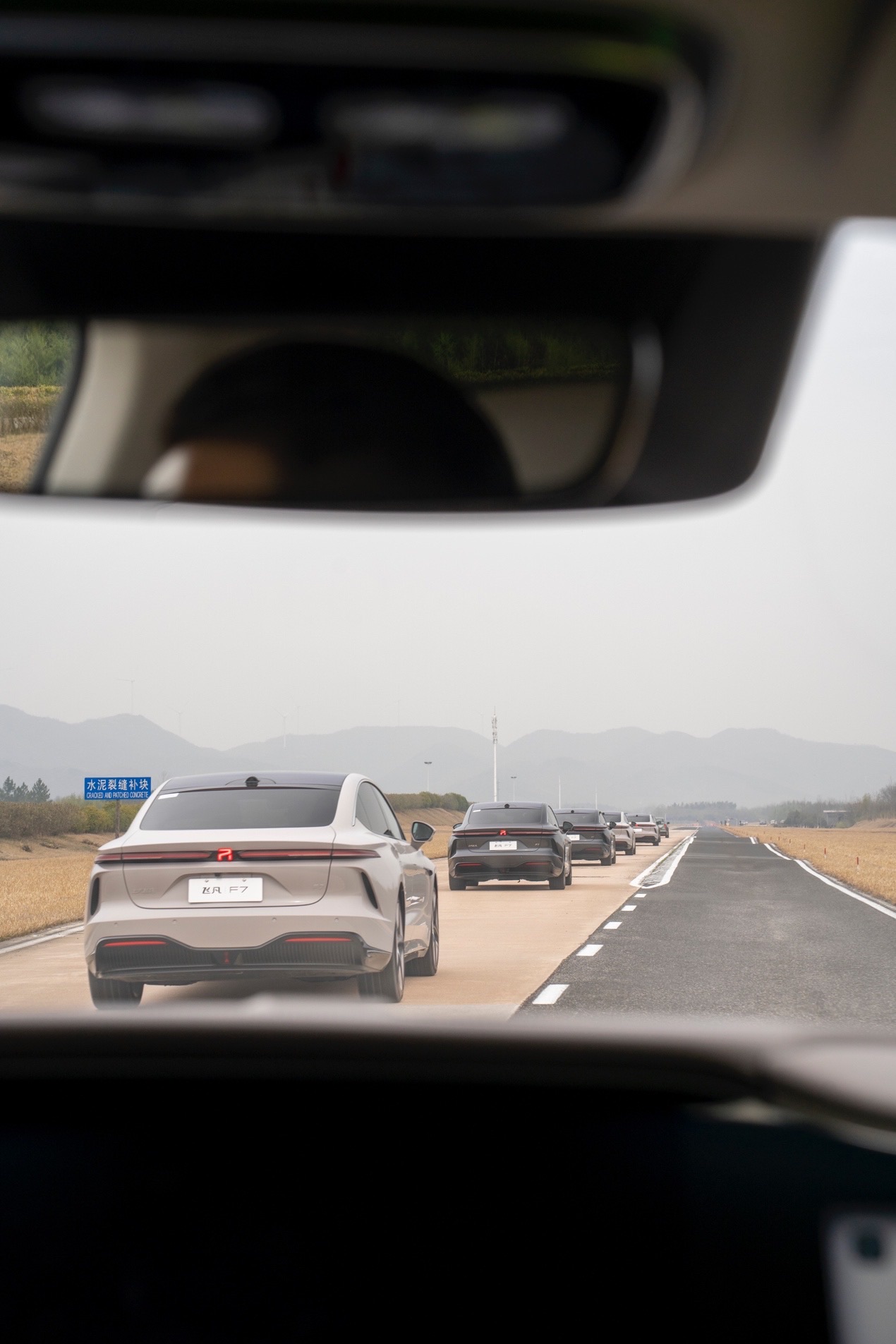
——Rugged Road/Hairpin Bend and Dip: This section is the most worthwhile to talk about! You can tell from the exclamation mark how extraordinary it is, hahaha~ To the point, (intersecting) rugged road segments will comprehensively test the consistency of suspension, chassis, and car structure, which is more difficult than the first two road segments that can be solved by single design characteristics. When driving the F7 through cross-country rugged roads, it was the most surprising experience of this test drive for me. The F7’s chassis is like a regular steel plate, and the center of gravity of the whole car is very low, driving like being pressed on the road and moving forward. Moreover, the mechanical suspension of the F7 can compress the inertia of the up and down bouncing very well, and the Babik hydraulic lining also provides some improvements to the suspension’s buffering stroke. Secondly, when driving on parallel rugged roads, I went through the flying slope at a speed of 50-80km/h. Here, special attention should be paid to feel the support and rebound strength of the rear suspension of the car. The F7 can surprisingly compress and rebound the jumped rear end in a decisive and clean way. It is worth noting that this is only a mechanical suspension. The control of the rear suspension’s residual vibration is also very outstanding and excellent. Although F7’s mechanical suspension is not as “floaty” as the air suspension of the NIO ET7, it is definitely more advantageous in the tuning of mechanical properties.
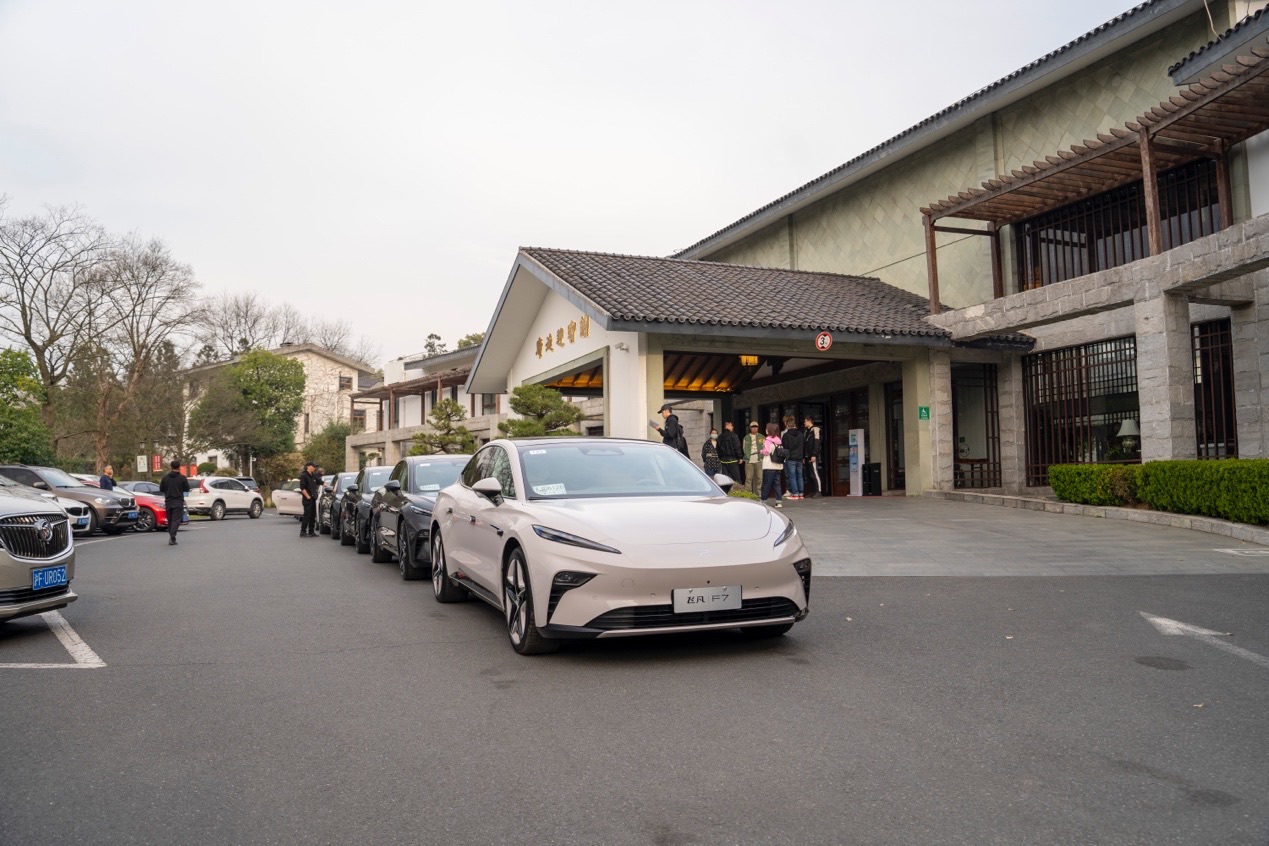
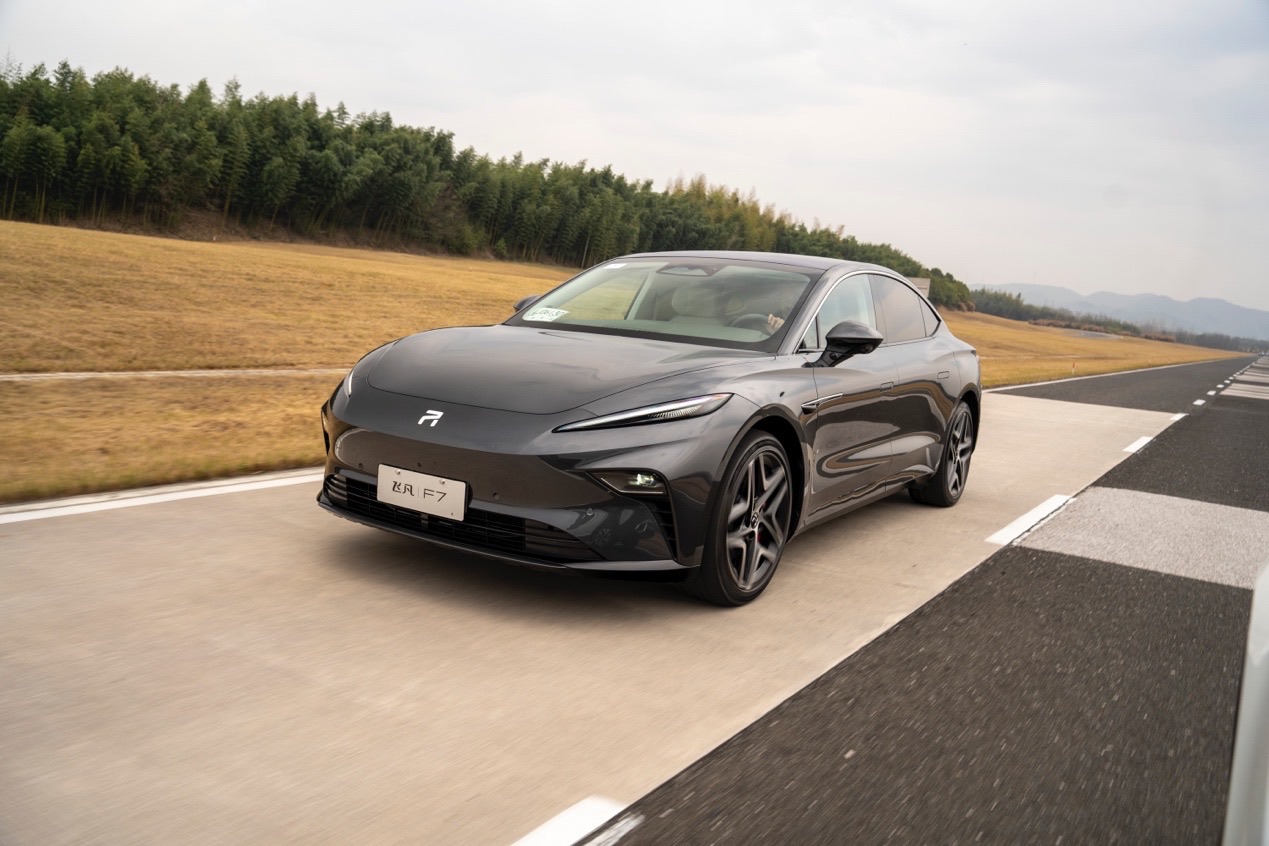
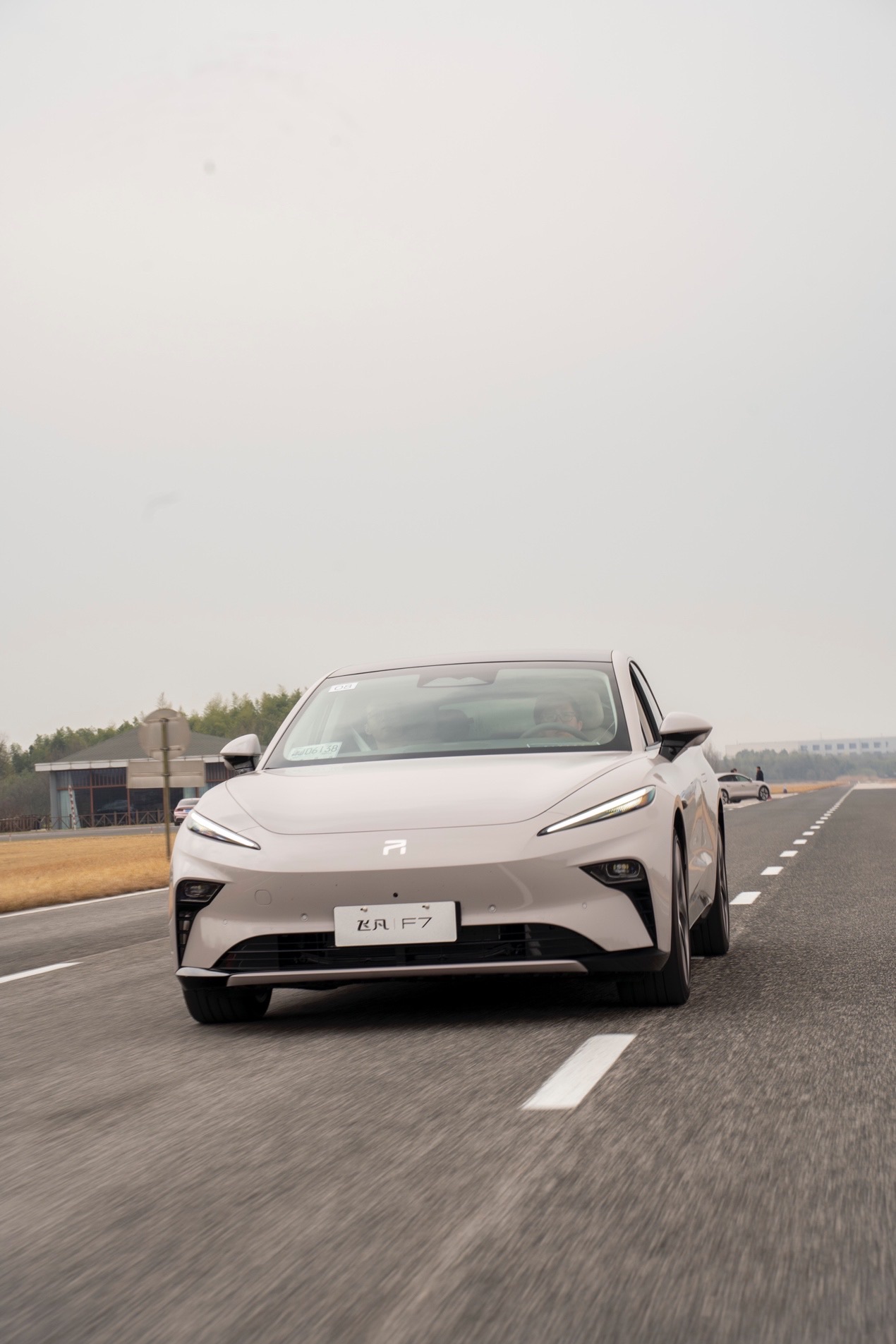
【Afternoon Open Road】
The feeling that F7 gave me during the morning test drive was strong, with a very strong mechanical suspension and chassis quality, enough to make me determined to buy this car. During the afternoon open road test drive, it created a more realistic driving environment. The experience was basically the same as the morning experience. But since we’re here, let’s try it out~
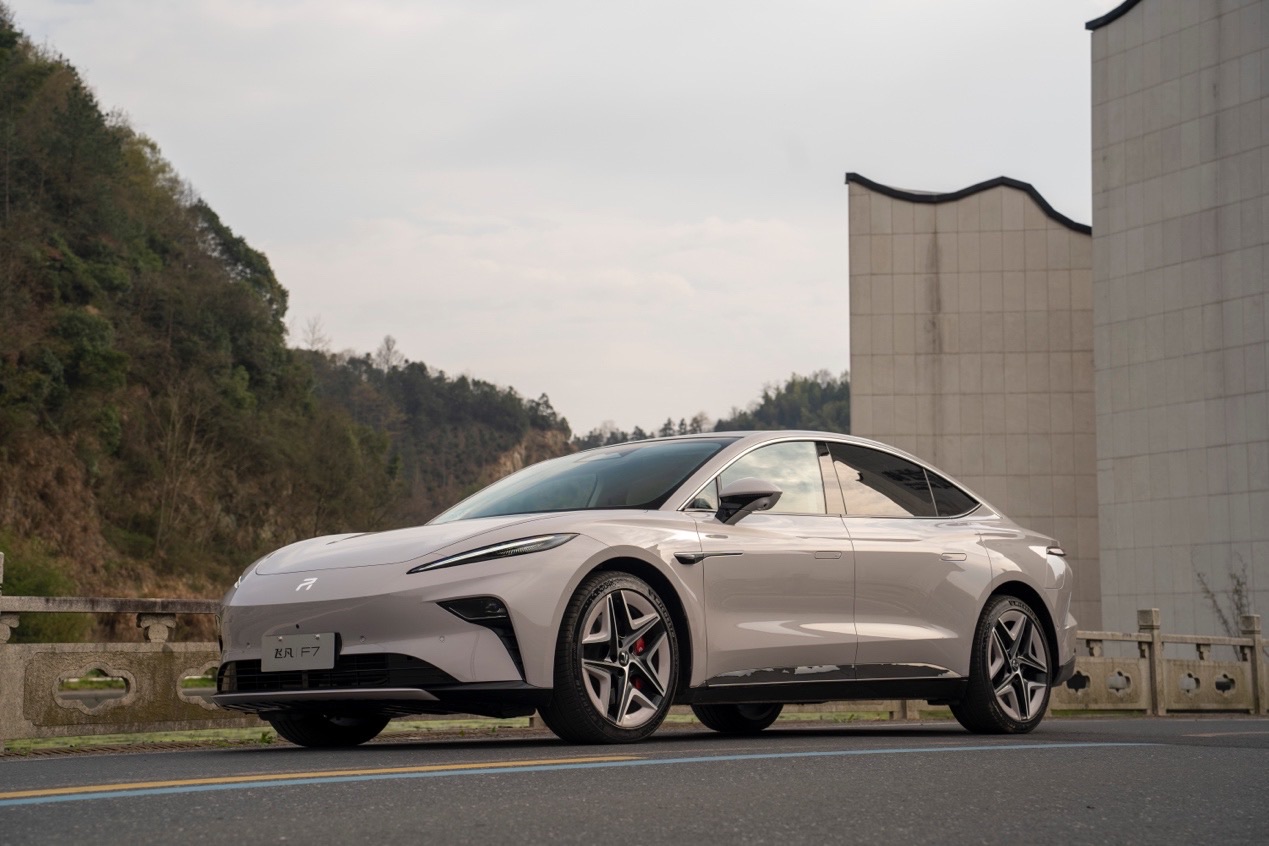
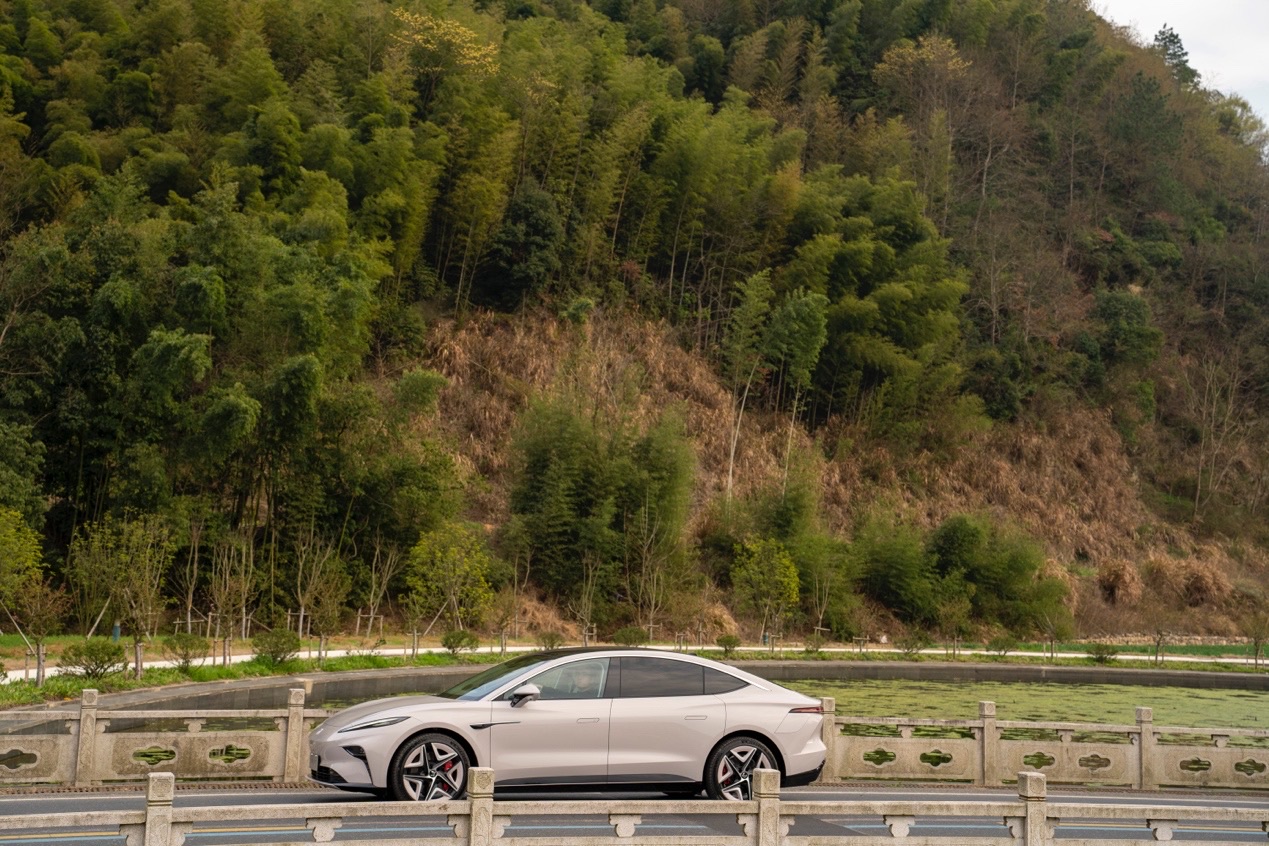
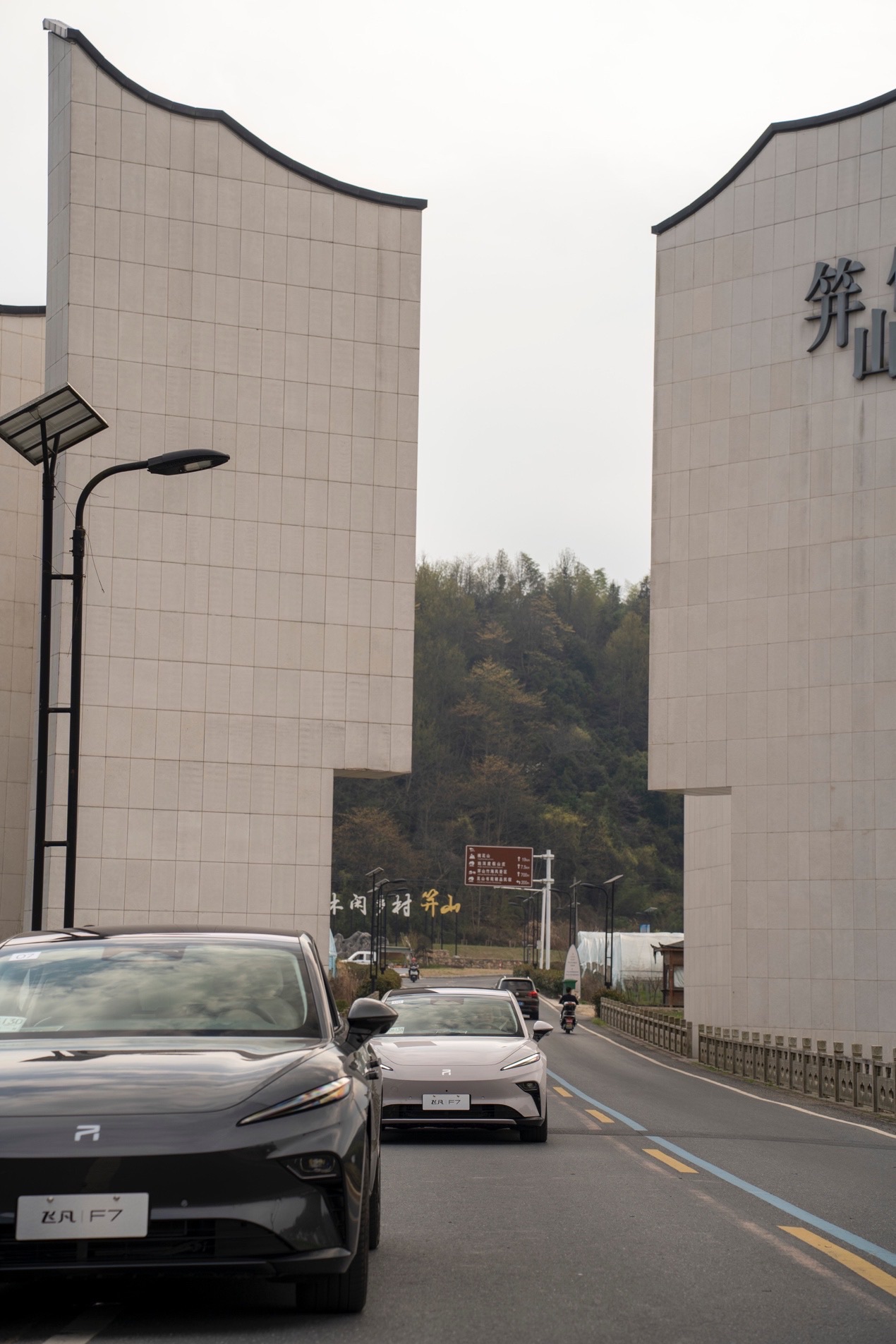
During this test drive, we had a section that passed through the Xishan Zhuhai scenic area. On this mountain road, you can also experience the thrill of mountain driving. Actually, after getting my hands on F7, I didn’t feel that this car had a large sense of size. Because F7’s chassis tuning is oriented towards “steel strength” and “flexibility”, similar to the BMW 5 Series in the BBA. The steering feel of F7 is linear, with a feeling of variable steering ratio. Coupled with the low center of gravity of the electric car’s chassis battery pack, as long as you enter the corner with a normal path, the agility of the front of the car will follow suit. Although the Bach seat of F7 does not emphasize its wrap-around feeling, the lateral support in the curve is strong. You can step on the accelerator pedal earlier than the normal exit point of the curve, and feel the rigidity support and posture of the car body are of a top level. Compared with the mechanical suspension version of Zeekr 001 that I drove for a period of time before, 001’s control is also very flexible and agile, but the limit of its lean is not as high as that of F7. When making large turns, it is still easy to feel the bulkiness of 001.
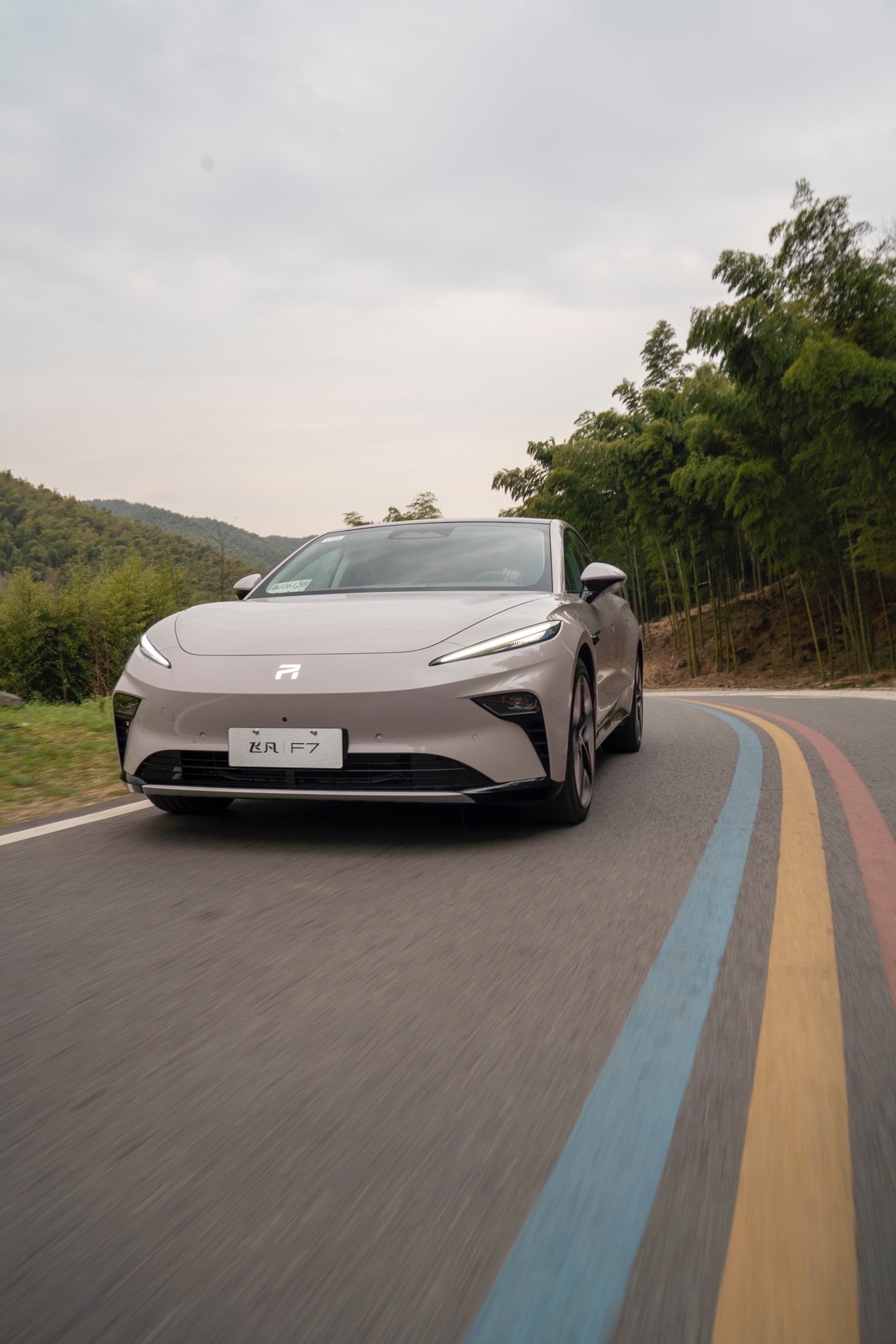
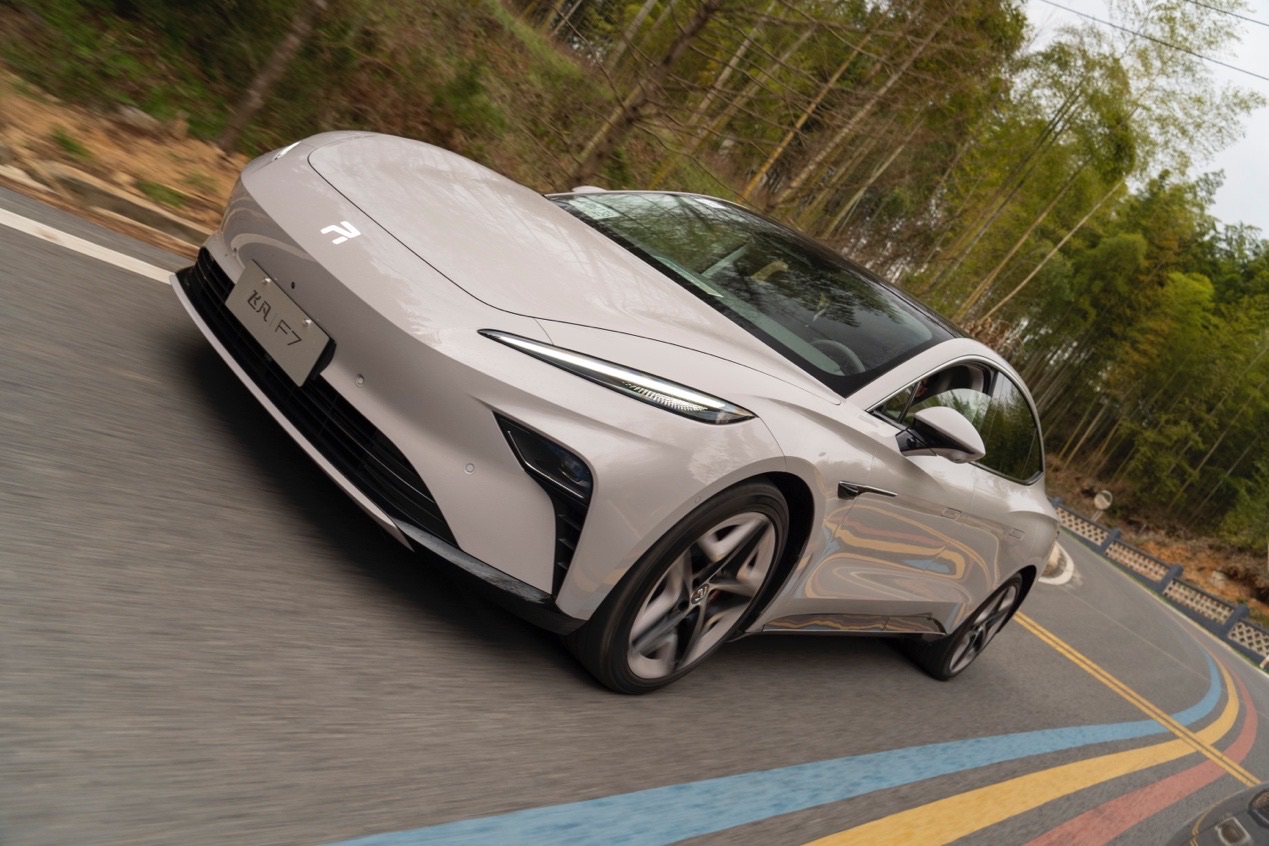
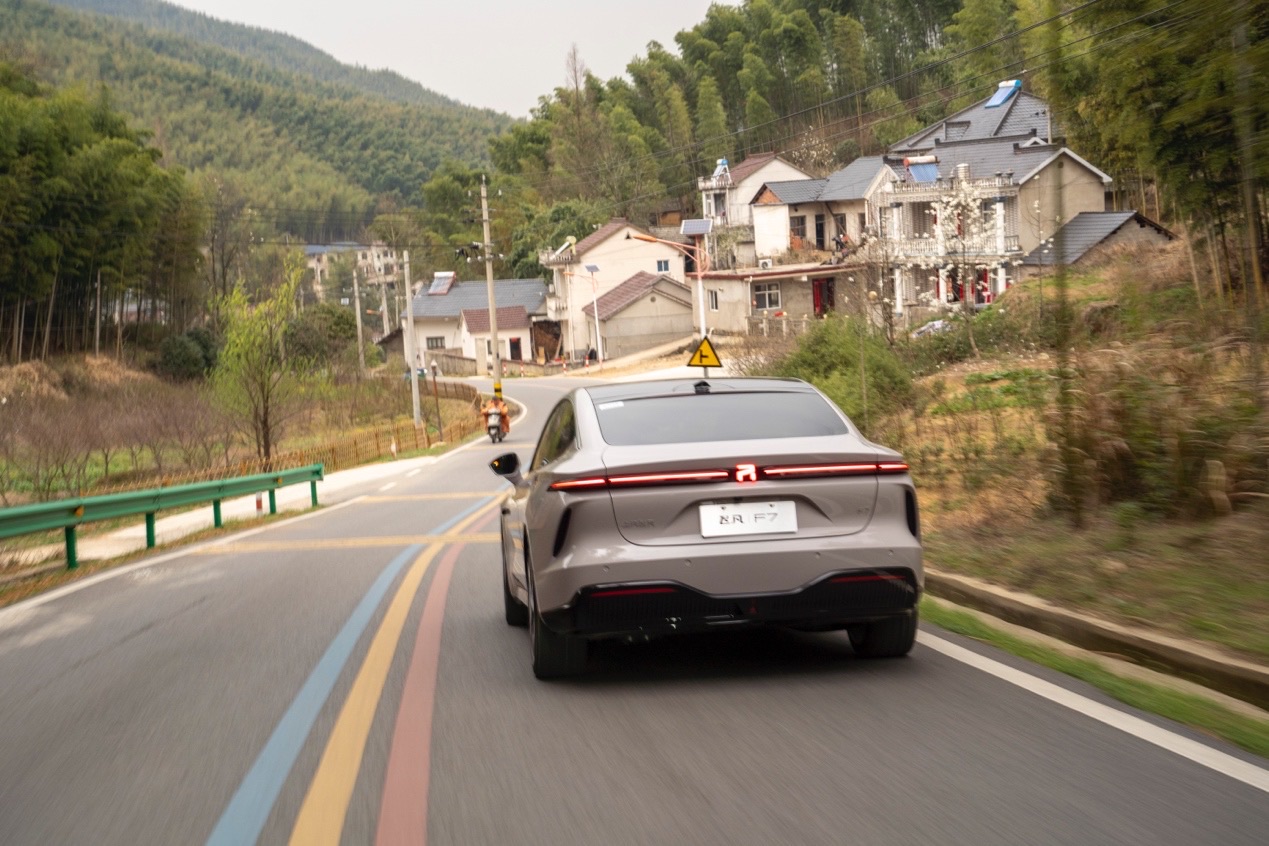
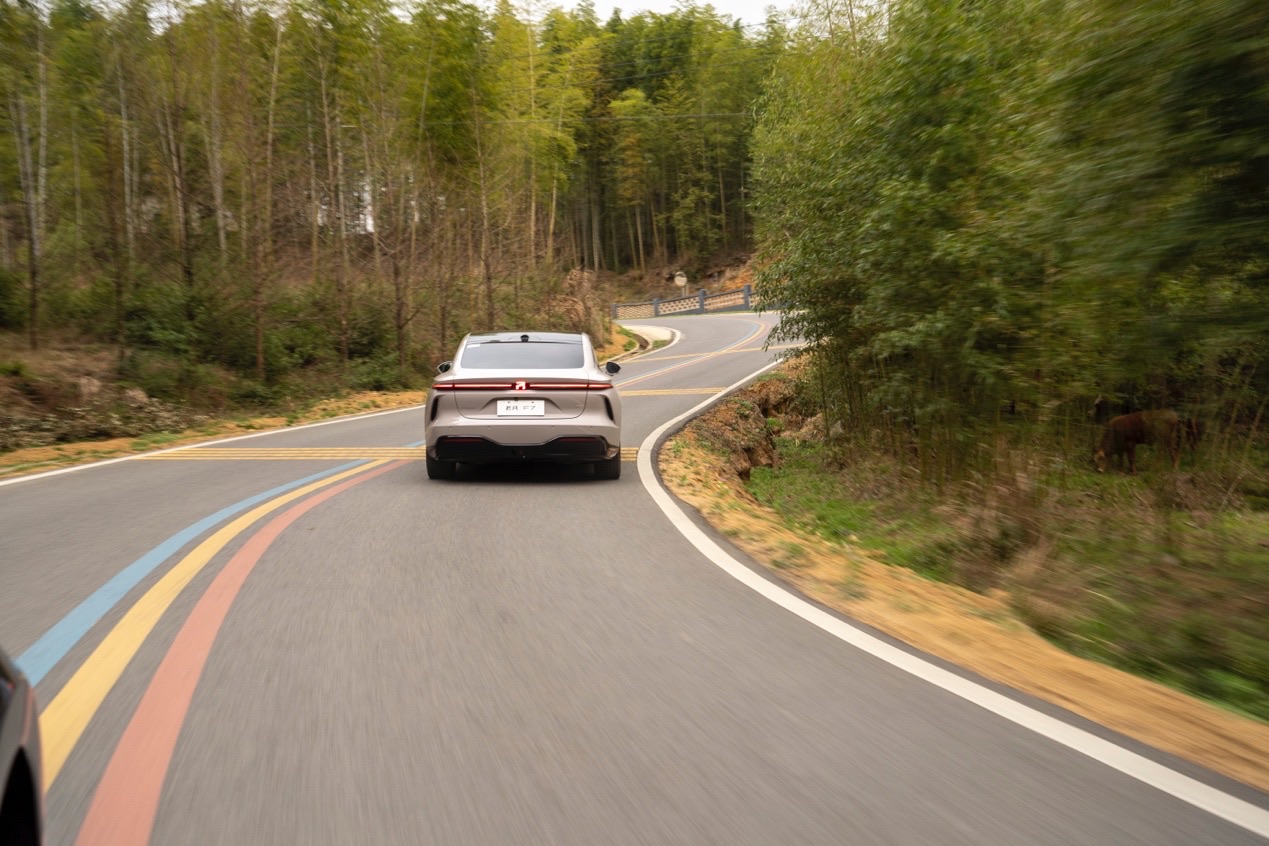
When it comes to the performance on the winding road, I could feel that there was a slight illusion of F7’s response being stretched during my test drive. The response speed was actually very fast, but the follow-up process from the rear to the front of the car was gradual. Perhaps it is to take care of the comfort of the passengers, and it is not a good thing to adjust F7 to the style of BMW M3/4 for a medium-sized car like this.
【Finally】
To be honest, I was really excited during the test drive. After I calmed down and analyzed carefully, I realized that I couldn’t find this kind of feeling in any new energy electric cars I had test driven before, including the extremely hard mechanical suspension of JiKe 001. Feeyo has built up the comprehensive hard power of F7 too slowly, regardless of the Bahok cabin or the dynamic test drive. I was really tempted, and I decided to order one. For those potential customers who are still watching, you should try the test drive when it is available, and you will have the same feeling as I did.
This article is a translation by ChatGPT of a Chinese report from 42HOW. If you have any questions about it, please email bd@42how.com.
